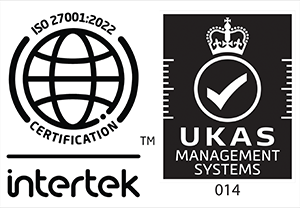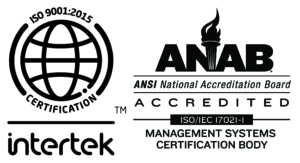As we have discussed in recent blogs, the advent of TVA wireless capabilities has triggered the introduction of much more powerful and flexible LDAR dataloggers to work along with the TVA-1000B and any other VOC detector. These enhanced fugitive emissions instruments have opened up the possibility of addressing and achieving a wide array of LDAR solutions.
One of the most important LDAR solutions involves being able better to understand the factors that are driving the cost of any LDAR program. In the past, it has been assumed that the facility owner was paying for in-house employees or contractor technicians to “monitor LDAR components.” The most experienced and perceptive LDAR managers have long recognized that the real cost of an LDAR program is not the time that it takes to monitor components, but the time that it takes to prepare to monitor, get to the components, identify the specific component that is next in the route, perform any required tag maintenance and then find the next component, not to mention the time required for permitting, safety updates, lunch, breaks and the end-of-day routine.
Looked at from this point of view, we can see that most of an LDAR technicians day is actually spent “not monitoring” even when her work is effectively organized and she is determined to operate at as high a level as possible. In the past, however, the only question that could be reasonably asked, at the end of the day, was “how many components did you get monitored?” For this reason (because it was just about all the data that was available) this was how we tracked technician performance and understood the nature of the expense.
Stated another way: it takes, perhaps, 2 minutes to monitor an LDAR component. But if it is the first component of the day, it could “take” 60-90 minutes, or more. And if the data does not lead the technician directly to the component or if GPS resources are not available, then it could take even longer. It is this extraordinarily long non-monitoring time that is the proper subject of the most diligent analysis.
With the new TVA wireless capability, which is also available for other VOC detectors (such as the phx21™), the LDAR datalogger can now easily record a wide array of information about the time that the technician is not spending monitoring components. How long are the lunch breaks? The technician knows. Do you? How long are the morning and afternoon breaks? How much time (and money!) is being spent on the end-of-day routine AFTER the last component is monitored?
Years of analysis demonstrate that the best technician actually spends less than half of a typical 10-hour day with her probe on an LDAR component. What is being done for those other hours and how can the program be improved to minimize this time? Asking the most important LDAR question is essential to finding the best LDAR solution.
The first step is to deploy fugitive emissions instruments (such as Bluetooth adapters and LDAR dataloggers) that can capture the data that you need.
The next step is to have the right LDAR software in the handheld and on the desktop. The right software on the handheld will help ensure that you collect the information that you need. While the right LDAR software on the desktop should help you mine the data to efficiently assess what the technicians were doing and how their work can be better organized to maximize the value of each LDAR dollar you are spending.





Leave a Reply
Want to join the discussion?Feel free to contribute!